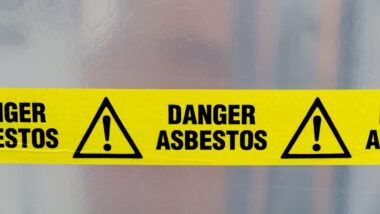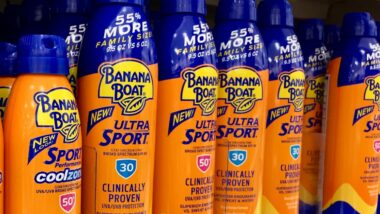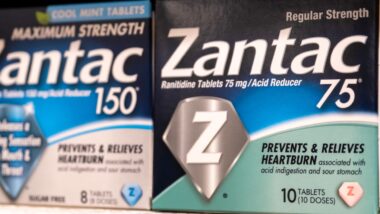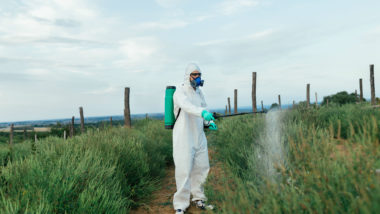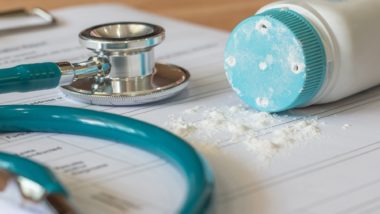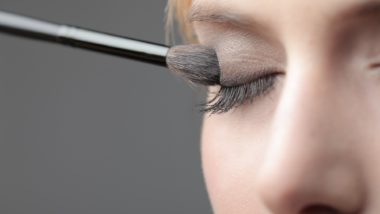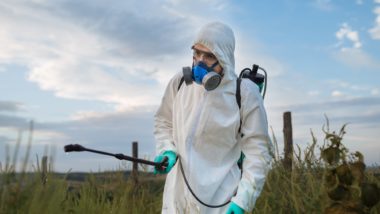Top Class Actions’s website and social media posts use affiliate links. If you make a purchase using such links, we may receive a commission, but it will not result in any additional charges to you. Please review our Affiliate Link Disclosure for more information.
On Oct. 18, 2019, the U.S. Food and Drug Administration issued an update to the organization’s previous safety alert pertaining to talc cosmetic products and the potential for baby powder cancer.
According to the updated safety alert, consumers are recommended to avoid certain cosmetic products that have tested positive for contamination by asbestos, a known carcinogen. Previous FDA safety alerts regarding contaminated talc products have warned consumers about specific lots of Johnson’s Baby Powder, and products sold at Claire’s and Beauty Plus Global. As asbestos does not occur naturally in talc, but near to it, cosmetic products that test positive for the carcinogenic mineral are believed to have been contaminated. The affected cosmetic products have been voluntarily recalled by the manufacturers, and include:
- Johnson’s Baby Powder Lot #22318RB
- Beauty Plus Global Inc. City Color Collection Matte Blush (Fuchsia), SKU #849136008807, Lot No. 1605020/PD-840
- Beauty Plus Global Inc. City Color Cosmetics Timeless Beauty Palette, SKU #849136012958, Lot No. 1510068/PD-C864R
- Beauty Plus Global Inc. City Color Bronzer (Sunset), SKU #849136016017, Lot No. 160634/PD-P712M
- Beauty Plus Global Inc. City Color Shimmer Bronzer (Caramel), SKU #849136017106, Lot No. 1612112/PD-840
- Beauty Plus Global Contour Effects Palette 2, Batch No. S1603002/PD-C1179
- Claire’s JoJo Siwa Makeup Set, SKU #888711136337, Batch No. S180109
- Claire’s Eye Shadows, Batch No: 08/17
- Claire’s Compact Powder, Batch No: 07/15
- Claire’s Contour Palette, Batch No: 04/17
Any asbestos-related recalls garner news attention and the Johnson & Johnson baby powder recall was repeatedly covered in the press. News that around 33,000 bottles of Johnson & Johnson baby powder were voluntarily recalled quickly caught the attention of legal experts, advocates, and consumers. This attention was due in part to the thousands of lawsuits pending against the company for asbestos-related illnesses.
Due in part to the mounting attention, Johnson & Johnson quickly responded to the recall with their own evidence. In early December 2019, the manufacturer said that their own testing showed no asbestos in the recalled Johnson’s Baby Powder.
Johnson & Johnson reportedly enlisted the help of two third-party labs in testing the same bottle tested by the FDA’s lab. Further testing reportedly used four different testing methods through a total of 155 tests. All of this testing found no presence of asbestos, according to Johnson & Johnson.
“Our talc is safe and asbestos free, and these 150-plus tests, and the tests we routinely do to ensure the quality and safety of our talc-based products, are consistent with the results from renowned independent research labs over the past 40 years,” the company said in a statement.
In August 2022, Johnson & Johnson announced that it would stop global sales of talc-based baby powder. This announcement expanded on a previous decision to stop talc-based baby powder sales in the United States.
Although Johnson & Johnson has fought back against asbestos allegations, many consumers remain concerned that talc-based products contain the known carcinogen. Some consumers have filed lawsuits regarding the issue while others wonder, how does asbestos make its way into talc-products in the first place? The source of this contamination may be asbestos traces which occur naturally in talc.
In one class action lawsuit verdict, Johnson and Johnson was ordered to pay $2.1 billion to consumers who developed ovarian cancer after using the company’s baby powder. Although the company attempted to appeal the decision, the Supreme Court recently declined to hear Johnson & Johnson’s appeal.
Does asbestos occur naturally in talc?
Talc is a naturally occurring mineral often used as an ingredient in many cosmetics, including baby powder, blush, and loose powder. Talc is generally used to absorb moisture, add a silky feel to a product, and prevent caking.
As talc and asbestos are often mined in close proximity to each other, many products containing talc have also been found to contain asbestos. This contamination is dangerous and may result in cosmetic users being unknowingly exposed to carcinogens.
 What are the dangers of asbestos?
What are the dangers of asbestos?
Asbestos is a naturally occurring fibrous mineral that is often used in roofing, construction materials, and other products that must be heat-resistant and strong. However, the mineral may be very dangerous if inhaled.
While asbestos may not pose a threat to human health while it is intact, once the material starts to degrade or crumble, tiny particles and fibers may be released into the air. If these particles are inhaled, they can settle in the lungs and stomach, where they can cause irritation. This irritation may trigger inflammation of the tissue, and over time, this may lead to cancer or other asbestos-related conditions.
Exposure to asbestos may result in several severe side effects, including:
- Asbestosis, or lung scarring caused by inhaling asbestos fibers.
- Pleural lung disease, which results in changes to the membrane surrounding the lungs and chest cavity. This may lead to fluid build-up and trouble breathing.
- Lung cancer
- Ovarian Cancer
- Mesothelioma, or cancer that affects the lining of the lungs, chest cavity, abdominal cavity, and other internal organs.
Symptoms of asbestos-related cancers and other health conditions may include shortness of breath, wheezing, a persistent cough with fluid, chest pain or tightness, difficulty swallowing, loss of appetite, or weight loss. Some conditions caused by asbestos exposure may also result in clubbing, or the widening of the fingers and toes.
Many people are at risk of coming into contact with asbestos. Since asbestos occurs naturally near talc, mined talc may contain trace asbestos. Mining companies and talc manufacturers are responsible for testing for asbestos in raw talc. However, if these companies fail to do their due diligence, talc-based household products could be a source of asbestos exposure for everyday consumers.
Additionally, some people may be at risk of exposure due to their occupation. People who work as construction workers, factory workers, railroad workers, firefighters, power plant workers, or shipyard workers may be at especially high risk. Asbestos has also been found in the heating element of hair dryers used at salons and barbershops. The families of these workers may also be at risk. As asbestos particles are very small and cannot be seen with the naked eye, workers in high-risk occupations may bring these particles back home on their clothes. While many workplaces now provide workers at risk of asbestos exposure with personal protective equipment, the regulations requiring them to do so were only put in place a few decades ago. As it may take years or decades for the side effects of asbestos exposure to develop, many potential victims of asbestos exposure may not realize the risks to their health until it is too late.
Consumers who have purchased any of the products included in the asbestos talc recalls are recommended not to use these items. Victims who believe they have been exposed to asbestos after using contaminated talc products may be eligible to hire a qualified attorney and file a class action lawsuit against the manufacturer of the product.
Do YOU have a legal claim? Fill out the form on this page now for a free, immediate, and confidential case evaluation. The attorneys who work with Top Class Actions will contact you if you qualify to let you know if an individual lawsuit or class action lawsuit is best for you. [In general, baby powder cancer lawsuits are filed individually by each plaintiff and are not class actions.] Hurry — statutes of limitations may apply.
ATTORNEY ADVERTISING
Top Class Actions is a Proud Member of the American Bar Association
LEGAL INFORMATION IS NOT LEGAL ADVICE
Top Class Actions Legal Statement
©2008 – 2024 Top Class Actions® LLC
Various Trademarks held by their respective owners
This website is not intended for viewing or usage by European Union citizens.
Get Help – It’s Free
Join a Free Baby Powder Cancer Class Action Lawsuit Investigation
If you used Johnson’s Baby Powder, Shower to Shower, or another talcum powder product and were diagnosed with ovarian cancer, you may have a legal claim. Family members of loved ones who died of ovarian cancer can also join. Submit your information now for a free case evaluation.
An attorney will contact you if you qualify to discuss the details of your potential case at no charge to you.
PLEASE NOTE: If you want to participate in this investigation, it is imperative that you reply to the law firm if they call or email you. Failing to do so may result in you not getting signed up as a client or getting you dropped as a client.

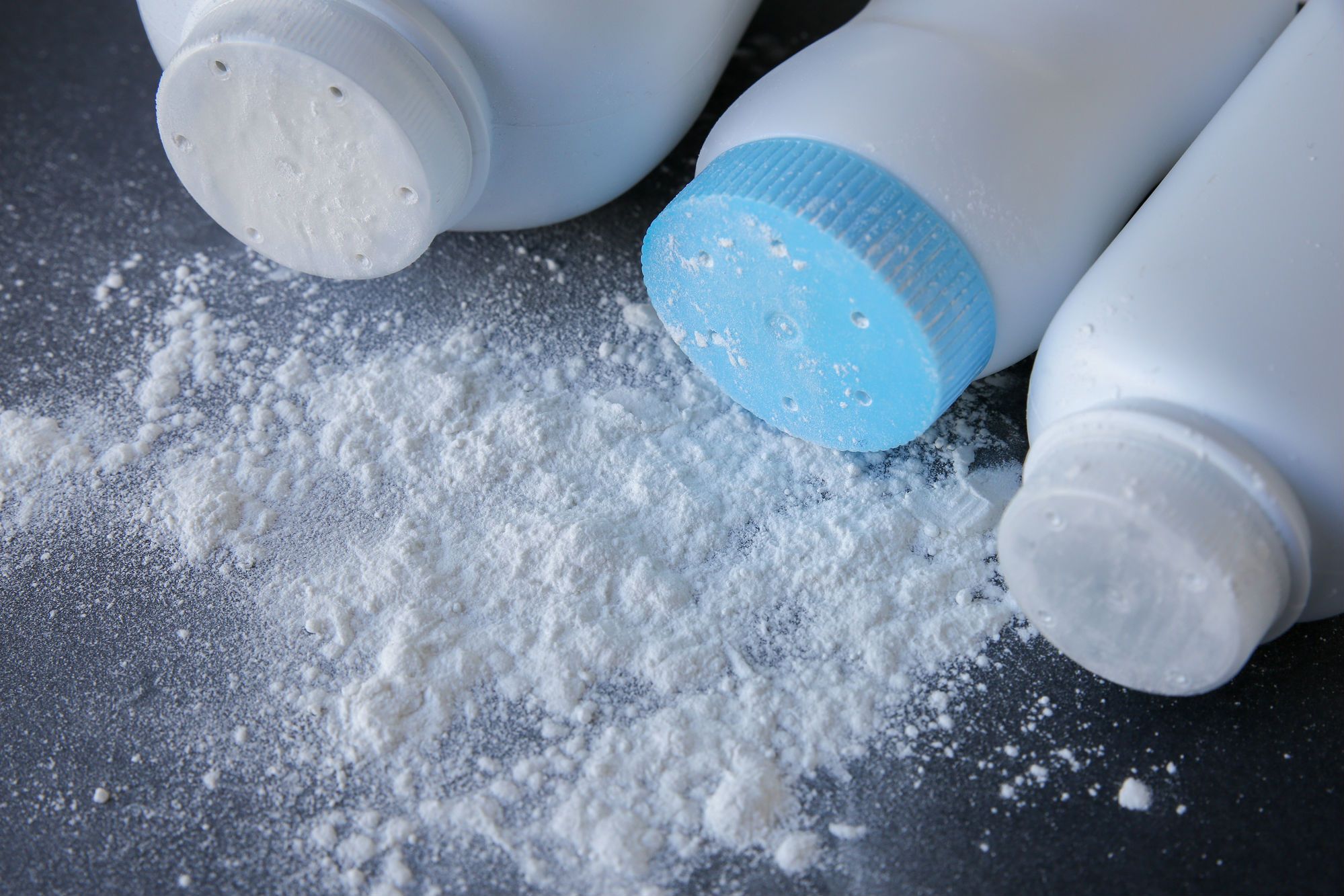
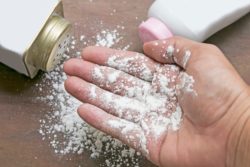 What are the dangers of asbestos?
What are the dangers of asbestos?